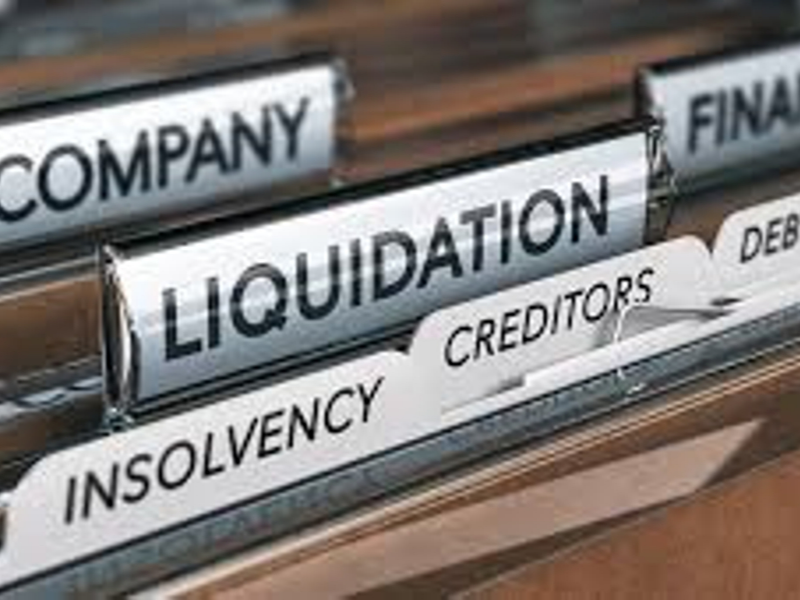Court Appointed Liquidators
by Lavinia Kumaraendran ~ 8 October 2019


Lavinia Kumaraendran (Partner)
Tel: 603-6201 5678 / Fax: 603-6203 5678
Email: lkk@thomasphilip.com.my
Website: www.thomasphilip.com.my
When are they appointed?
Upon the winding up of a company, whether compulsory or voluntary, a liquidator would be appointed to realize all the assets of the company and subsequently, distribute these assets to the creditors of the said company.
In cases of compulsory winding up, the court would appoint a liquidator under Section 478 of the Companies Act 2016 ("CA"). If the court does not appoint a person as liquidator, the Official Receiver, by virtue of Section 477(a) of the CA, will become the liquidator in the case.
Essentially, the court would appoint a liquidator in accordance with Rule 46 of the Companies (Winding Up) Rules 1972 (“CWUR”). Rule 46 clarifies that the person appointed as liquidator would generally be on recommendation and determination of the official receiver, creditors and contributories via a meeting amongst the aforesaid parties.
What happens in the event of a competing nomination for a private liquidator?
The aforesaid may happen in two circumstances; in voluntary winding up and in court ordered winding up.
First Circumstance
In the first circumstance, winding up may either occur on decision of the members or creditors of the company. In a winding up by the creditors, Section 450(2) of the CA clarifies that the appointment of the liquidator would be made by the creditors. In a winding up by the members of the company, the company would reserve the right to appoint the liquidator. If it is later discovered that the company is insolvent, such a winding up would be treated as a winding up by the creditors of the company. These creditors would then get to appoint a liquidator of their choosing, by virtue of Section 447(2) of the CA. The aforesaid is vital as it determines which party’s choice of liquidator would take precedence in cases of competing nominations.
Second Circumstance
In the second circumstance of a compulsory winding up by the court, it was earlier stated that the court in appointing the liquidator, would generally take into consideration the views of the receiver, creditors, and contributories of the company. In circumstances like this, competing nominations are a likelihood as all these parties may have varying opinions.
In the case of Abdul Rahman bin Ismail v Pembangunan Qualicare Sdn Bhd (Penang High Court Winding Up Petition No. 28-6-01/2013), the High Court was faced with the nomination of competing liquidators. The court had to decide on which of these two nominees was to be appointed liquidator. Although the parties had ultimately agreed to the court's proposal to appoint a different liquidator altogether, the considerations of the court prior to the aforesaid conclusion is of significant relevance.
The court hearing the matter suggested commencing a mini trial to ascertain the validity of the nominations of the parties in order to decide which of these nominated liquidators was to be appointed. The court did not proceed to elaborate on the procedures of such mini trial. Given that the CA and the CWUR do not cater for such circumstance involving competing nominations, it can be inferred that if such a circumstance were to arise in the future, it would be left to the court to determine the best method of proceeding with the appointment of a liquidator.
In the case of Hew Kiang Hoe & May De Selva v Shencourt Properties Sdn Bhd (in liquidation) [2011] MLJU 443, the court was tasked with an application seeking to remove an existing liquidator. In the Hew Kiang Hoe case, an application to appoint 3 different nominees as liquidators of the company was also made.
Eventually, the High Court decided to appoint one of the 3 nominees to act as joint and several liquidators alongside the original liquidator. In determining which of these 3 nominees should be appointed liquidator, the court considered the party making the application and the previous acts of the said party. The court held that the appointed liquidator should be one who is “seen to be transparent and free from any taint of influence from any parties.” The court then appointed the liquidator who was perceived to be as independent from the parties as possible.
Comparing Court Appointed Liuidators & Private Liquidators
The powers accorded to liquidators in instances of voluntary winding up and compulsory winding up is laid out in Section 456 (11th Schedule) and Section 472 (12th Schedule) of the CA respectively.
In a nutshell, the powers extended to a liquidator under the 12th Schedule (i.e. compulsory winding up) is far wider than the powers liquidators receive under the 11th Schedule (i.e. voluntary winding up).
A liquidator in a voluntary winding up may only exercise powers listed in the 12th Schedule upon approval of a resolution made by the company in a members’ winding up, or upon approval by the court in a creditors’ winding up. The aforesaid has its advantages and disadvantages which will be comparatively analyzed below.
It is inherently clear that the powers accorded to a liquidator in a voluntary winding up is more favorable from the perspective of the company. This is because the limited powers of the liquidator, apart from the fact that liquidators would need the approval of the company to exercise powers under the 12th Schedule, would allow the company to retain a significant amount of control within the liquidation process as listed in Part I of the CA.
However, from a creditor’s point of view, it may be more preferable for a liquidator to be court appointed. This is due to the fact that if the company retains control over certain actions of the liquidator, and subsequently the liquidation process, such interference may hamper the liquidator’s ability to realize the assets of the company and pay off these creditors in the most efficient way. It also prevents a company from prioritizing their own needs in the liquidation process which may subsequently jeopardize the position of these creditors. It is important to note that a company would not retain the aforesaid control in instances of a creditor’s voluntary winding up. In any case, the liquidator, in a creditor’s winding up, would first have to obtain approval from the court before exercising powers under the 12th Schedule.